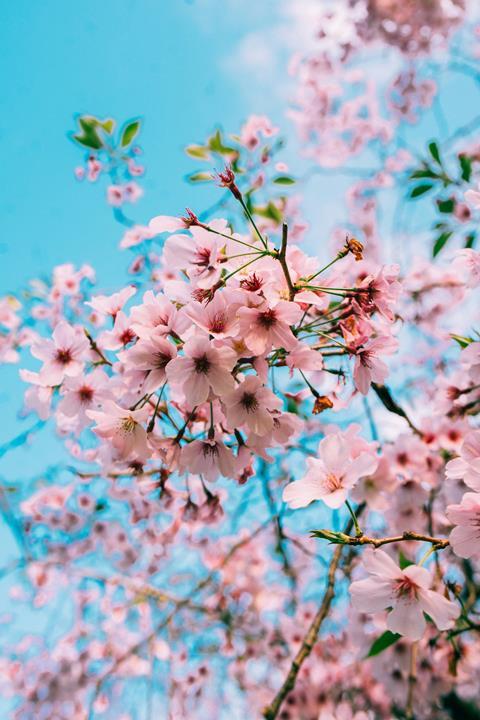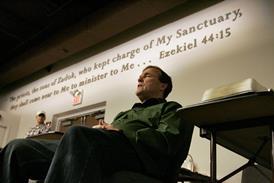‘Many people have become familiar with the Japanese art of kintsugi – repairing broken pottery with gold. This is the essence of wabi-sabi. Easter isn’t just about victory—it’s about life returning after devastation, not as it was, but as it is now,’ says Rachel Mataraki.

Easter coincides with the Japanese springtime embodied in the gentle blooming, then falling of the cherry blossoms. For those of us who have faced grief, it can be a deeply meaningful time. For my husband and I, the number of losses between us in the last few years totals ten people. Reflecting on the Japanese concept of ‘wabi-sabi’ has become very meaningful for us as we walk through Lent.
So, what is ‘wabi-sabi’ and how does that relate to Easter?
READ MORE: Preparing for Easter
Good Friday: The mystery of the Cross – not knowing is sacred space
“Where were you when I laid the earth’s foundation…?” Job 38:4
Part of wabi-sabi is accepting mystery and imperfection and at Easter we accept the wonder of death and resurrection and invited into an acceptance of suffering as part of a larger, mysterious whole. In the book of Job, he wrestles with unjust suffering. In the end, God speaks not with answers, but with awe. When we grieve, we may have questions about why things happen or why God allows things? At Easter perhaps we may ponder - why was Jesus` death the only way to redeem mankind? The Mystery of the cross requires embracing uncertainty where the presence of Jesus with us in pain is our answer.
Impermanence - Holy Saturday
‘A time to weep, and a time to laugh, a time to mourn, and a time to dance.’ Ecclesiastes 3:4.
Impermanence, is an essential part of wabi-sabi just as in Ecclesiastes seasons are a part of life. We lose what we love and are changed by it but even this too, will pass…In the same way Holy Saturday is a day of transition – the day between death and life. The disciples are grieving Jesus` death and do not know yet, that this is only a temporary state. It holds the resonance of the lived experience that we feel while grieving. At a deep level we know that all things pass, that nothing on this earth in this world is permanent, yet in this very place we are deeply loved.
READ MORE: Life and hope this Easter
Resurrection Sunday
Simplicity - humble, small moments are valued.
“He asked her, “Woman, why are you crying? Who is it you are looking for?” Thinking he was the gardener, she said, “Sir, if you have carried him away, tell me where you have put him, and I will get him.” John 20:15
In wabi-sabi the humble, the small is valued because of its simplicity. On Resurrection Sunday Jesus is first mistaken for the gardener – this Glorious Resurrected King is standing in a garden and is initially unseen – unnoticed. His humility is not only in his death as a criminal but in the way he graciously leads his disciples into revelation, appearing in a way that catches them off guard. We can often overlook small things in life, but when we grieve small kindnesses - a meal cooked, a tear shared can become deep wells of healing.
READ MORE: We don’t have to understand everything that happened at Easter
Beauty in the broken
“…Put your finger here; see my hands… John 20:27
Many people have become familiar with the Japanese art of kintsugi – repairing broken pottery with gold. This is the essence of wabi-sabi. Easter isn’t just about victory—it’s about life returning after devastation, not as it was, but as it is now. The same is true of Jesus – the scars can be touched by Thomas but his body holds much power. It has been changed, transformed into something different, something new.
If sin is easily fixed by self-help, then there is no need for Jesus` death. But in our shattering, we become aware of our fragility, brokenness and need of a saviour… Redemption doesn’t mean erasing the brokenness; it means incorporating it into a new kind of beauty, one that points to God.
My husband and I are not the same. We are more mindful of the preciousness of life and more thankful for each day for God`s presence with us through the pain. In an intercultural marriage (I am British, he is Fijian) and living in the 3rd culture of Japan for 20 years as believers we are learning how to take the best of different traditions and see the gospel from new perspectives.



































No comments yet